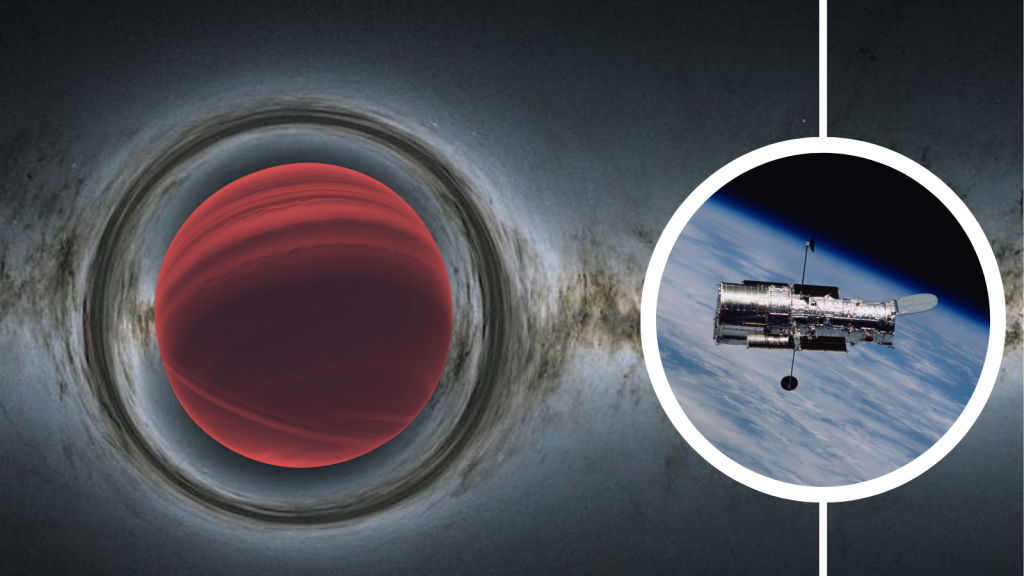In a groundbreaking discovery, NASA’s James Webb Space Telescope (JWST) has captured the first-ever direct image of a rogue planet — a mysterious, free-floating celestial body not bound to any star. This marks a major milestone in our understanding of how planets form, survive, and drift across the vast reaches of interstellar space.
What Is a Rogue Planet?
Also known as “free-floating” or “orphan” planets, rogue planets are planetary-mass objects that do not orbit a star. Some may have formed around stars and were later ejected by gravitational forces, while others may have formed independently from collapsing gas clouds — similar to how stars are born.
Unlike traditional planets that reflect their host star’s light, rogue planets are cold, dark, and incredibly difficult to detect, making this new image from the JWST a technological triumph.

The Discovery
The planet — designated JWST-RP1 — was found in the Carina constellation, about 100 light-years from Earth. It is estimated to be four to seven times the mass of Jupiter and emits a faint infrared glow due to residual heat from its formation.
Using its Near-Infrared Camera (NIRCam), the James Webb Telescope was able to isolate the rogue planet from the surrounding cosmic noise, thanks to its unmatched resolution and ability to peer through cosmic dust.
Why This Matters
This is more than a pretty picture — it’s a new window into planetary science. Studying rogue planets can help scientists:
- Understand the early formation and instability of planetary systems
- Learn how gravity and collisions affect planetary migration
- Compare atmospheres of planets with and without starlight exposure
- Search for signs of habitability in unexpected places
Rogue planets might even host subsurface oceans warmed by internal heat — raising fascinating questions about the potential for life beyond the light of stars.
What Comes Next?
- JWST will conduct atmospheric spectroscopy on JWST-RP1 to determine its composition
- Astronomers hope to find more rogue planets using the same detection methods
- Future missions like the Nancy Grace Roman Space Telescope may expand this search dramatically
A Lonely World — But Not Unseen
For the first time in history, humanity has looked deep into the cold, dark night and found a planet adrift, untethered but real. Thanks to JWST, we are beginning to map the invisible architecture of our galaxy, one shadowy world at a time.
